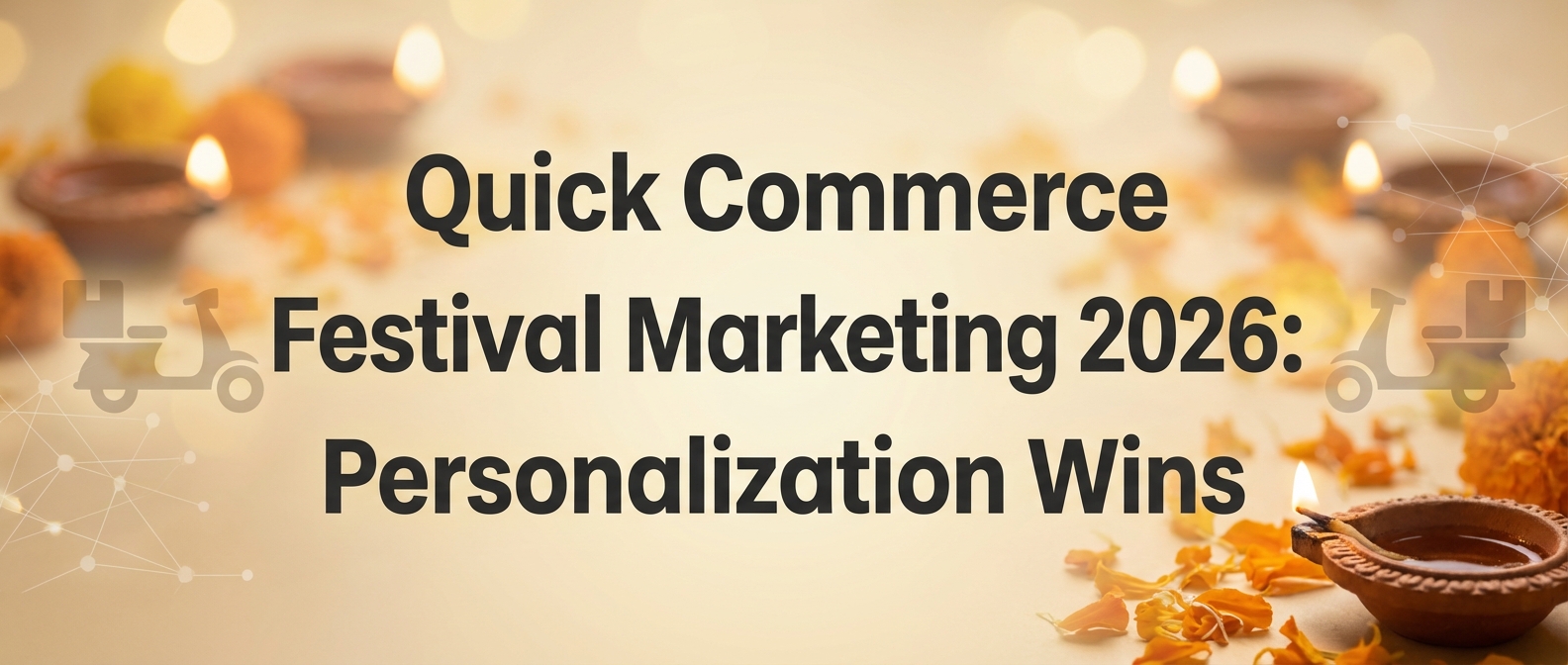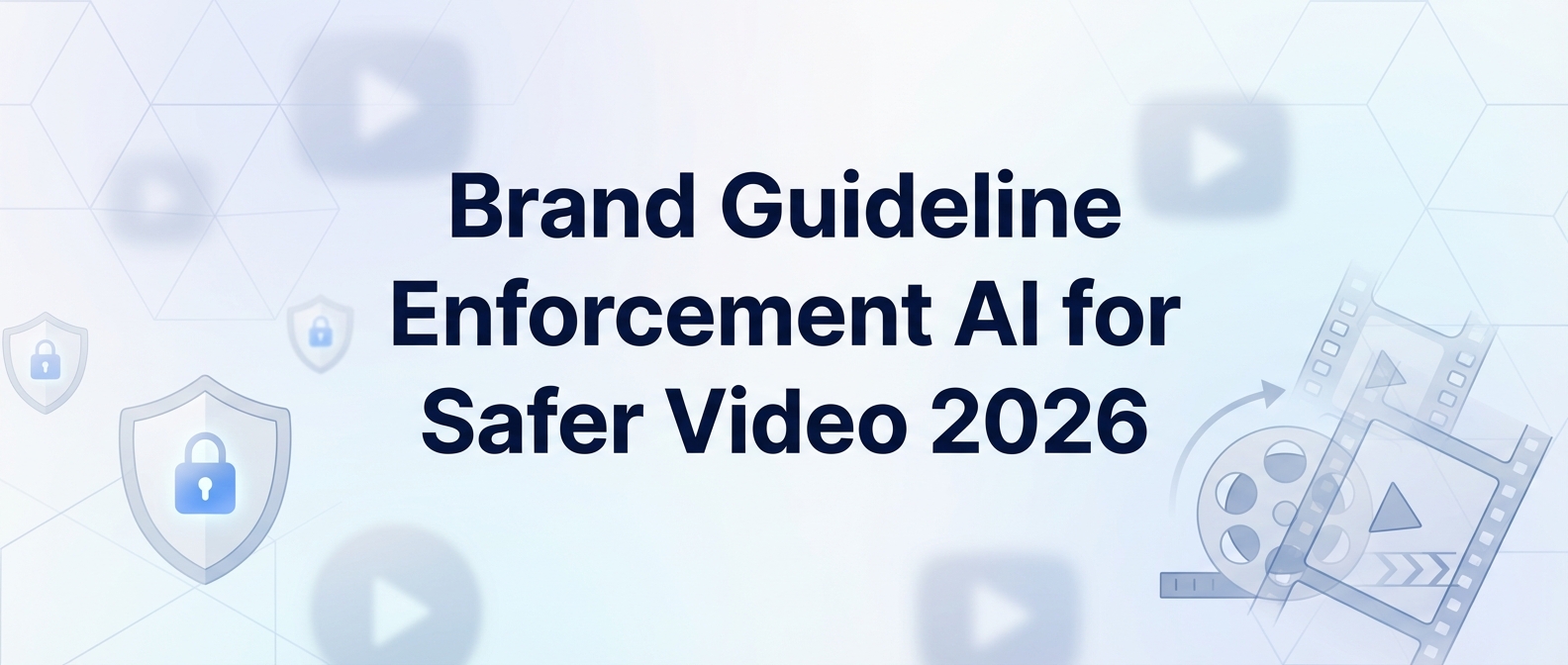The 2025 Ultimate Guide to AI-Powered Learning Platforms: Boosting ROI and Engagement
Estimated reading time: 12 minutes
Key Takeaways
- The AI in Education sector is growing rapidly, projected at $7.8 billion in North America by 2025.
- Adaptive learning and hyper-personalization drastically improve engagement and completion rates.
- A four-step framework ensures strategic implementation and real ROI.
- The top platforms each address different needs, from language skills to enterprise training.
- Emerging trends in generative AI and predictive analytics signal a transformative future.
The global AI in Education market is experiencing a seismic shift. Projections for 2025 show the North American market alone soaring to $7.8 billion, driven by a staggering 38.2% compound annual growth rate. This isn’t just a fleeting trend; it’s a fundamental revolution in how we acquire knowledge and skills. For decades, educators and corporate trainers have grappled with the “one-size-fits-all” dilemma, struggling to engage diverse learners, scale instruction effectively, and measure tangible outcomes. The era of passive, uniform learning is officially over. This guide is your definitive roadmap to understanding and leveraging the most powerful force in modern education: AI-powered learning platforms.
Unlike simple lists that scratch the surface, we will dive deep into the strategic “why” and “how” of this transformation. We'll explore the data-backed ROI, provide a framework for successful implementation, analyze the leading platforms with a critical eye, and look ahead to the emerging trends that will define 2025 and beyond. Whether you’re a Chief Learning Officer, a corporate trainer, or an educator, this guide will equip you with the strategic insights needed to harness AI for unparalleled engagement and results.
The “Why”: Unpacking the AI Advantage in Learning & Development
Before we explore specific platforms, it’s crucial to understand the foundational advantages that AI brings to the table. The shift towards AI-driven education isn’t about replacing human instructors; it’s about augmenting their capabilities and unlocking a level of personalization and efficiency that was previously unimaginable. The benefits are not just theoretical—they are backed by compelling data and are already delivering significant returns for early adopters.
Beyond the Hype: The Data-Backed ROI of AI in Education
For any organization, the bottom line is paramount. Investing in new technology requires a clear path to a return on that investment (ROI). In corporate learning and development (L&D), AI is proving to be a powerful engine for business growth. A landmark 2023 study by McKinsey revealed that companies effectively integrating AI into their L&D programs reported as much as a 30% increase in workforce productivity. This isn’t just about learning faster; it’s about learning smarter and applying those skills directly to business challenges.
Furthermore, engagement and completion rates—long the Achilles’ heel of online training—are seeing dramatic improvements. A 2025 report highlighted that Zoho Learn’s integrated AI was able to improve training module completion rates by an impressive 27% by monitoring progress and providing intelligent nudges. When employees are more engaged, they retain more information and are better equipped to perform their roles, directly impacting business outcomes.
Hyper-Personalization at Scale: The Core of Adaptive Learning
The true magic of AI in education lies in its ability to deliver hyper-personalized learning experiences. Traditional learning models present the same content to everyone, regardless of their prior knowledge, learning pace, or preferred style. AI shatters this rigid paradigm. Adaptive learning, a key feature of modern platforms, uses algorithms to analyze a learner’s performance in real-time and dynamically adjust the curriculum. If a student is excelling, the system introduces more advanced concepts. If they are struggling, it provides remedial support and alternative explanations.
This continuous, data-driven feedback loop creates a learning journey tailored to each individual. The results are profound. Research for 2025 indicates that learners in AI-powered environments can experience 10 times more engagement than those in traditional settings. This level of personalization is no longer theoretical. Platforms like Studio by TrueFan AI enable the creation of customized video training modules at scale, tailoring content to individual learner needs and languages, which was previously impossible. Imagine creating a single training script and instantly generating versions for different departments, roles, or regions, each delivered by a relatable AI avatar. This is personalization at an enterprise scale. For a deeper dive into the mechanics of adaptive learning, academic resources like those from EDUCAUSE provide extensive research on its implementation and impact.
The “How”: A Strategic Framework for Implementing AI Learning Solutions
Adopting an AI-powered learning platform is more than a simple software purchase; it’s a strategic initiative that requires careful planning and execution. The competitor’s article lists tools but offers no guidance on how to integrate them successfully. To avoid common pitfalls and maximize your ROI, follow this four-step framework.
Step 1: Conduct a Thorough Needs Assessment
Before evaluating any vendor, look inward. What are your primary goals? Are you trying to close a specific skills gap, improve employee onboarding, increase certification rates, or reduce training costs? Clearly define your learning objectives and identify the key performance indicators (KPIs) you will use to measure success. This initial step ensures you’re looking for a solution that solves a real business problem, not just chasing a technology trend.
Step 2: Prioritize Data, Security, and Integration
AI learning platforms are fueled by data. This raises critical questions about privacy, security, and how the new platform will interact with your existing technology stack. Ensure any potential vendor has robust data protection protocols (e.g., ISO 27001, SOC 2 compliance) and can seamlessly integrate with your current Learning Management System (LMS), Human Resources Information System (HRIS), or other essential software. A siloed platform creates more work and fails to leverage the rich data you already possess.
Step 3: Evaluate Vendors with a Strategic Checklist
When you begin looking at platforms, evaluate them against a consistent set of criteria that align with your needs assessment.
- Scalability: Can the platform grow with your organization?
- Content Support: Does it support various content types (video, text, interactive simulations)? How easy is it to create or import new content?
- Analytics & Reporting: Does it provide deep, actionable insights into learner performance and content effectiveness?
- Ethical AI: Does the vendor have a clear policy on ethical AI, addressing potential biases in algorithms and ensuring content moderation?
Step 4: Launch a Pilot Program and Establish a Feedback Loop
Don’t attempt a full-scale, organization-wide rollout from day one. Select a specific department or use case for a pilot program. This allows you to test the platform in a controlled environment, gather user feedback, and make necessary adjustments before a broader launch. As detailed in the Harvard Business Review, this iterative approach is crucial for successful technology adoption and helps build buy-in from stakeholders.
Deep Dive: Analyzing the Top AI-Powered Learning Platforms of 2025
While the competitor provided a basic list, a true analysis requires more depth, a critical eye, and a focus on matching the right tool to the right job. Here, we deconstruct the top platforms, including some the competitor missed, to give you a clearer picture of the landscape.
1. Duolingo
- Best For: Gamified language acquisition for individuals and supplemental K-12 education.
- Key AI-Driven Features: Duolingo’s AI, named “Birdbrain,” analyzes user errors to create personalized practice sessions. It uses spaced repetition algorithms to determine the optimal time to resurface specific vocabulary and grammar concepts, maximizing long-term retention. Its speech recognition AI provides instant feedback on pronunciation.
- Limitations & Considerations: While excellent for vocabulary and basic grammar, it’s less effective for developing conversational fluency and nuanced understanding. Its application in a corporate setting is limited to basic language skills for international teams.
2. Coursera
- Best For: Higher education, professional certifications, and career development.
- Key AI-Driven Features: Coursera leverages AI to recommend courses based on a user’s career goals and learning history. In-course, AI helps with peer-review assignments by intelligently matching graders and gradees. Its machine learning models can also predict when a learner might be at risk of dropping out and trigger interventions.
- Limitations & Considerations: The quality can vary significantly between courses and institutions. While powerful for curating learning paths, it relies on pre-existing content and doesn’t assist in the creation of bespoke enterprise training.
3. Khan Academy (with Khanmigo)
- Best For: K-12 tutoring, foundational learning, and test preparation.
- Key AI-Driven Features: Khanmigo, their GPT-4 powered AI tutor, acts as a Socratic guide, asking questions and providing hints rather than giving direct answers. It can assist students with math problems, help them brainstorm for essays, and even act as a debate partner. For teachers, it’s a powerful lesson-planning and administrative assistant.
- Limitations & Considerations: The platform is heavily focused on academic subjects and is not designed for corporate or vocational skills training. As with any AI tutor, there are ongoing concerns about over-reliance and ensuring it supplements, rather than replaces, critical thinking.
4. Docebo (Competitor Omission)
- Best For: Enterprise-level corporate L&D and customer training.
- Key AI-Driven Features: Docebo’s AI is focused on automating and personalizing corporate training. It analyzes content and automatically tags it with relevant skills, making it easier for employees to find what they need. Its “Virtual Coach” provides personalized learning recommendations and pushes relevant content based on an employee’s role and performance data.
- Limitations & Considerations: Docebo is a powerful but complex platform, often requiring significant investment and dedicated administrative resources to manage effectively. While these platforms excel at managing learning paths, creating the actual content remains a bottleneck. This is where AI video generation becomes a critical enabler. For global enterprises, Studio by TrueFan AI’s 175+ language support and AI avatars can populate these powerful LMS platforms with consistent, high-quality training videos, ensuring every employee receives the same message in their native language. https://www.truefan.ai/blogs/ai-employee-training-videos
5. Absorb LMS (Competitor Omission)
- Best For: Organizations needing intelligent administration and data-driven learning insights.
- Key AI-Driven Features: Absorb LMS uses AI primarily to streamline the administrative side of learning. “Intelligent Assist” allows administrators to ask plain-language questions about their data (e.g., “Show me completion rates for the sales team in Q2”) and get instant reports. It also features AI-powered course recommendations and can identify skill gaps within teams.
- Limitations & Considerations: While its administrative AI is top-notch, the learner-facing personalization may not be as deep as platforms like Docebo. It is a premium-priced product geared towards mid-to-large enterprises.
The Future is Now: Emerging Trends in AI Education for 2025 and Beyond
The innovation cycle for AI in education is accelerating dramatically. The platforms of today are just the beginning. To stay ahead of the curve, it’s essential to understand the trends that are shaping the future of learning. The forecasted 38.1% CAGR for the K-12 AI market alone signals that the pace of change is only getting faster.
1. Generative AI for Bespoke Content Creation:
The biggest shift is from AI curating existing content to AI creating new, bespoke learning materials. Tools are emerging that can generate entire lesson plans, quizzes, and even interactive simulations from a simple prompt. This drastically reduces the time and cost of content development, allowing trainers to focus on strategy and learner support.
2. Hyper-Realistic AI Tutors & Conversational Learning:
The next generation of AI tutors will move beyond text-based chatbots. Expect to see AI-powered avatars that can engage in spoken dialogue, understand emotional cues, and provide a much more realistic and engaging one-on-one coaching experience. This is particularly promising for soft skills training, like sales negotiation or leadership development.
3. Predictive Analytics for Proactive Intervention:
The most advanced platforms are beginning to use predictive analytics to identify at-risk learners before they fall behind. By analyzing hundreds of data points—from login frequency to quiz performance—the AI can flag a student or employee who is disengaging and alert an instructor or manager to intervene with personalized support. As highlighted by education technology publications like EdSurge, this proactive approach is key to improving retention and success rates.
Measuring Success: The KPIs That Matter
To prove the value of your AI learning initiatives, you must track the right metrics. Go beyond simple course completion and focus on KPIs that tie directly to performance and business outcomes.
- Engagement Metrics: Track not just completion rates, but also time-on-task, frequency of interaction with AI tutors, and learner satisfaction scores. These metrics tell you if your content is truly resonating.
- Performance Metrics: Measure the direct impact on skills. This can include pre- and post-training assessment scores, time-to-competency for new hires, and improvements in specific job-related tasks.
- Business Metrics: This is where you connect learning to the bottom line. Track metrics like employee retention rates (especially for those who engage with the platform), productivity gains in relevant departments, and overall reduction in training costs. Solutions like Studio by TrueFan AI demonstrate ROI through drastic reductions in video production costs and time-to-market for training materials, directly impacting the ‘reduction in training costs’ KPI. https://www.truefan.ai/blogs/ai-in-training-profit-center
Frequently Asked Questions
1. What are the biggest ethical concerns with AI in education?
The primary concerns are data privacy and algorithmic bias. It’s crucial to ensure that student and employee data is secure and used responsibly. Furthermore, AI models trained on biased data can perpetuate and even amplify existing inequalities. Reputable vendors should be transparent about their data policies and the steps they take to mitigate bias. For global standards, refer to the UNESCO guidelines on AI ethics.
2. Can AI completely replace human teachers and trainers?
No. The consensus among experts is that AI is a powerful tool to augment, not replace, human instructors. AI excels at handling repetitive tasks, personalizing content delivery, and providing data-driven insights. This frees up human educators to focus on higher-value activities that require empathy, mentorship, and complex problem-solving—skills that AI cannot replicate.
3. How much does an AI-powered learning platform typically cost?
Costs vary widely based on features, number of users, and deployment model. Pricing can range from a few hundred dollars per month for a small business solution to hundreds of thousands of dollars annually for a large enterprise LMS. Many platforms use a per-user, per-month model. A detailed market analysis from a firm like HolonIQ can provide more granular pricing insights.
4. How does AI help with employee onboarding specifically?
AI excels at creating scalable and consistent onboarding experiences. It can deliver personalized learning paths, ensuring new hires learn about the company culture, their specific role, and necessary compliance topics at their own pace. For instance, a company can use a tool like Studio by TrueFan AI to generate welcome videos from a virtual C-suite executive in multiple languages, ensuring every new hire globally gets a standardized, high-quality introduction to the company culture. https://www.truefan.ai/blogs/ai-employee-training-videos
5. What’s the difference between personalized and adaptive learning?
Though often used interchangeably, there’s a key distinction. Personalized learning is a broader term where the learning path is tailored to an individual’s goals and preferences (e.g., recommending a specific course). Adaptive learning is a more specific, technology-driven process where the system dynamically adjusts the content and difficulty in real-time based on the learner’s direct interactions and performance within a module.
Conclusion
The integration of artificial intelligence into learning platforms is not a distant future; it is the strategic reality of 2025. We’ve journeyed beyond a superficial list to understand the profound “why” behind this shift—the tangible ROI in productivity and engagement. We’ve laid out the “how,” providing a strategic framework for successful implementation. And we’ve explored the “what,” with a nuanced analysis of the top platforms and a look at the future trends that are already on the horizon.
The most successful organizations of tomorrow will be those that embrace this transformation, viewing AI not merely as a technological tool but as a strategic imperative for unlocking human potential. The first step is not to purchase a platform, but to re-examine your current learning ecosystem. Identify one critical area—be it onboarding, compliance training, or leadership development—and begin exploring how AI can deliver a more effective, engaging, and measurable impact. The revolution is here.




